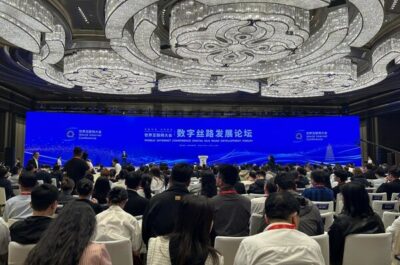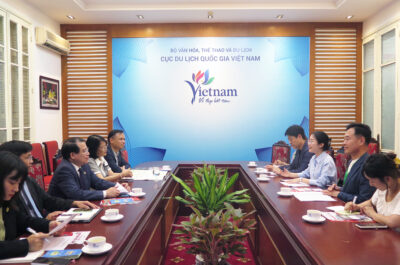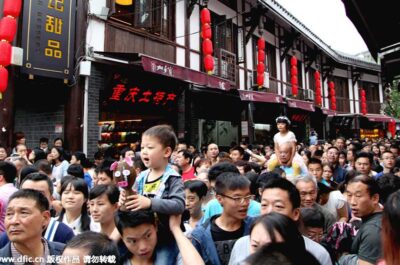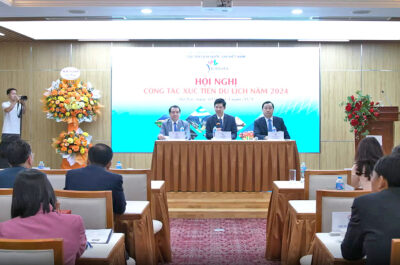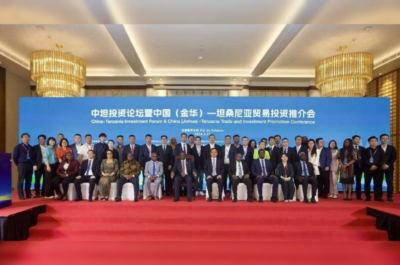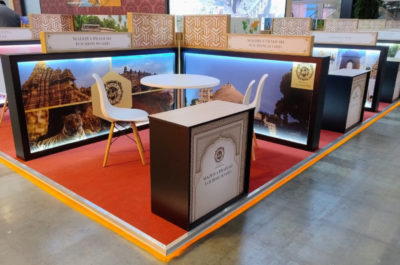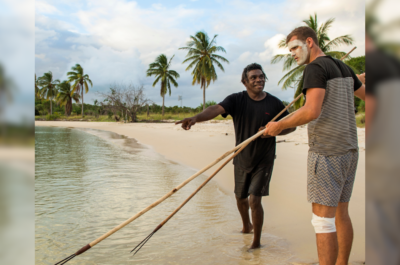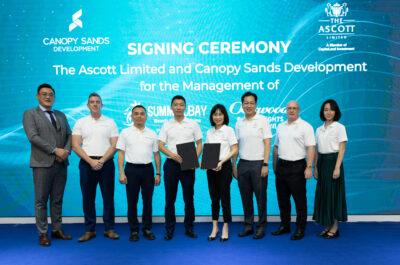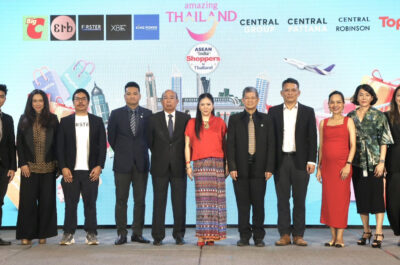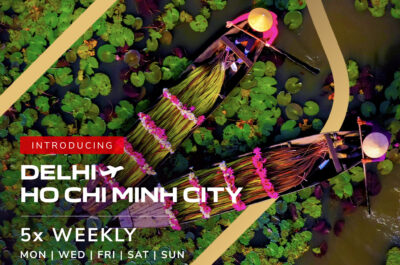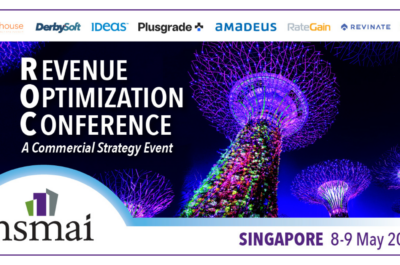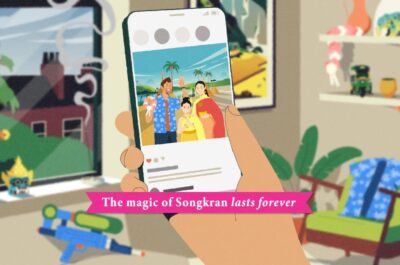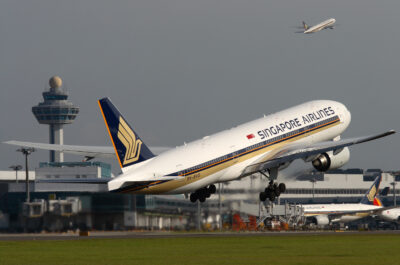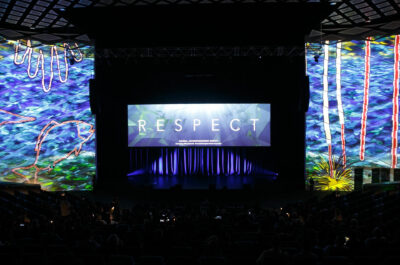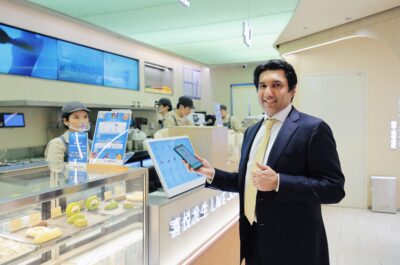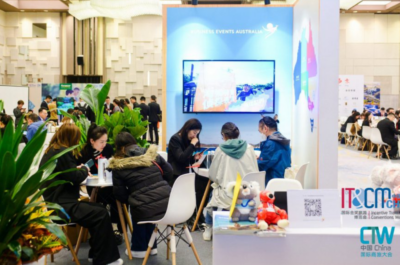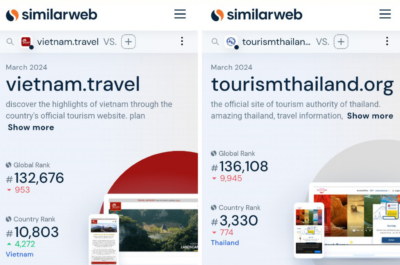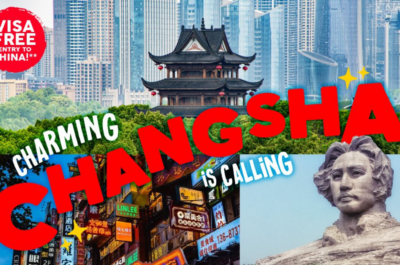
Focusing on child tourists, a growing yet remarkably understudied market, the researchers provide novel empirical evidence of how visuals can best be used to engage and entice these young consumers.
Cartoons might just hold the key to attracting an important new niche in the tourism market, according to a pioneering recent study by Dr Mimi Li and Mr Yuhao Chen of the School of Hotel and Tourism Management (SHTM) at The Hong Kong Polytechnic University and their co-authors. With society’s increasing emphasis on family togetherness and bonding, especially through leisure activities, more families are travelling together than ever before. How can destination marketing be targeted to meet the needs of different generations? Focusing on child tourists, a growing yet remarkably understudied market, the researchers provide novel empirical evidence of how visuals can best be used to engage and entice these young consumers. The results have important implications for destination marketers focusing on the family sector in Hong Kong, mainland China, and beyond.
Photography is inextricably linked with tourism. From serene landscape panoramas to “selfies”, photos offer tourists a way to capture and preserve their travel memories. More than just snapshots of a place or a moment in time, say the researchers, tourism photography may aid in “constructing memory and self-identity, cultivating relationships, and attracting viewers’ attention to destinations”.
Little wonder, then, that pictures and photographs are key tools in tourism marketing, offering curious travellers a virtual experience of a destination. “Photographs are thought to be essential in forming a destination image”, say the researchers, “and a positive image can influence consumers’ attitudes and intentions to patronise a specific tourism product or destination”. When booking a holiday, an eye-catching photo may mean the difference between one hotel and the next, or tip the balance in favour of a particular tourist attraction.
However, not all visuals are equally effective in promoting a destination. Choosing the right content is crucial, the researchers tell us, but format also matters. Stock photos may fail to hold viewers’ attention, whereas augmented reality offers tourists an exciting and authentic way to connect with a destination before travelling there. The colour, size, and position of photos may also affect viewers’ visual attention. “Consequently”, the researchers note, “advertisers should use photos and text in advertisements appropriately and position them effectively”.
The effectiveness of visual marketing may also depend on who is doing the observing. Unsurprisingly, most studies so far have focused on adults’ responses to tourism advertising. However, the researchers warn that this overlooks a growing trend in the 21st century: “children’s substantial influence on the decision-making process around family holidays, especially in deciding where to go and what to do”. In today’s highly visual world, what kinds of destination images are most likely to appeal to this important new niche in the tourism market?
The researchers explain that visual marketing may be effective even with children as young as 2 to 4 years, who “can begin to make sense of pictures and symbols and are becoming more interested in media content”. As children are easily distracted, however, “marketing content should feature lively action, sound effects, and loud music to attract and hold their attention”. Cartoons are widely used in child-centric marketing, note the researchers, due to their unique ability to “draw children into an animated or fantasy world and infuse a sense of fun and adventure into their experiences”.
Pulling these threads together, the research team wondered whether children might respond differently to cartoon visuals versus normal photos of tourism attractions. They hypothesised that cartoons would better capture the attention of young viewers, “who tend to be willing audiences and react positively to visual materials rooted in fantasy”. According to the researchers, this could have exciting implications for child-oriented destination marketing, “Stimuli with unique or distinct features are thought to foster the fluent processing of information”, they explain, “which can then generate a sense of affection and elicit closer attention”.
To put this theory to the test, the team’s first task was to create a set of visual stimuli. As a popular tourism destination for family travellers, especially from mainland China, Hong Kong offered the perfect research setting. Another important factor to consider was the content of the visuals, as viewers’ attitudes tend to differ according to what is depicted. For example, say the researchers, “photographs of natural scenery attract more attention than those showing a built environment”.
They thus investigated the most popular attractions of each type in Hong Kong, and settled on three: the Tian Tan Buddha statue (cultural), Lamma Island (natural) and Hong Kong Disneyland (recreational). A photo of each attraction was selected, and the three photos were then digitally manipulated to create cartoon versions.
Next, the researchers recruited 51 children aged 10–13 from a primary school in mainland China. “Children around this age”, explain the researchers, “can generally retrieve, organise and use available information from visual stimuli”. They are also well equipped to express their feelings and opinions in conversation. Both qualities made these children ideally suited to the study’s innovative combination of research methods: eye-tracking followed by interviews.
Tracking the participants’ eye movements enabled the researchers to explore their visual behaviour and patterns of attention while looking at the cartoon-executed and normal photos of the three Hong Kong tourism attractions. Next, the researchers conducted interviews to find out from the children themselves how they felt about the different types of images.
Careful analysis of the findings of both the eye-tracking experiments and the interviews yielded some interesting insights. Most importantly, write the researchers, “the children’s preference for cartoon execution varied depending on the type of tourism attraction”. Approximately half of the children were attracted to the cartoon visuals of the recreational attraction, Disneyland. “They enthusiastically described the magical, fantasy world portrayed in the images”, the researchers report. “The use of colours and an animated scene especially seemed to capture their attention”.
In contrast, when viewing the natural attraction, Lamma Island, most of the children preferred the normal photos to the cartoon visuals. “The details of the normal photos were easier to recognise”, explain the researchers, “whereas the cartoon manipulations were more difficult to view and diminished the natural beauty of the attractions”. Similarly, the children much preferred to look at normal photos of the cultural Hong Kong attraction, the Tian Tan Buddha statue, than cartoon visuals.
These findings have important implications for destination marketers targeting children and families. Broadly, say the researchers, the study “underscores the usefulness of cartoon effects in tourism photographs in attracting children’s attention and building a child-friendly image”. Therefore, “cartoons or sketches could be applied in visual representations or tourism marketing materials to attract the eyes and interest of young tourists”.
Crucially, however, this is only true for certain kinds of photographs: those depicting recreational attractions, such as theme parks. Natural attractions are much better suited to realistic photographic representation. With this in mind, the researchers urge destination marketers to “distinguish products and employ cartoon execution under clear advertising objectives”. When seeking to entice young viewers to a destination, they say, “the match between an attraction and corresponding marketing materials should be considered prior to cartoon execution”.
Empowered by an increasingly democratic parenting style, recent decades have seen children worldwide contribute more and more to their families’ purchasing decisions. Holidaying is no exception, with families representing a huge and growing market for the global travel industry. As this market is characterised by increasingly sophisticated and disparate traveller demands, tourism destinations must cater to the needs and preferences of several age groups. Expertly pulling together two streams of tourism scholarship, the researchers show how destination marketers can best capture the attention of young travellers by selecting the right kinds of pictures – which can be understood by speakers of any language and visitors of any age. The findings are expected to help the industry support the emerging trend of multigenerational tourism as we navigate through an increasingly interconnected world.
Mimi Li, Yuhao Chen, Jingqiang Wang and Tingting Liu (2020). Children’s Attention toward Cartoon Executed Photos. Annals of Tourism Research, Vol. 80, 102799.
Theodore is the Co-Founder and Managing Editor of TravelDailyNews Media Network; his responsibilities include business development and planning for TravelDailyNews long-term opportunities.
